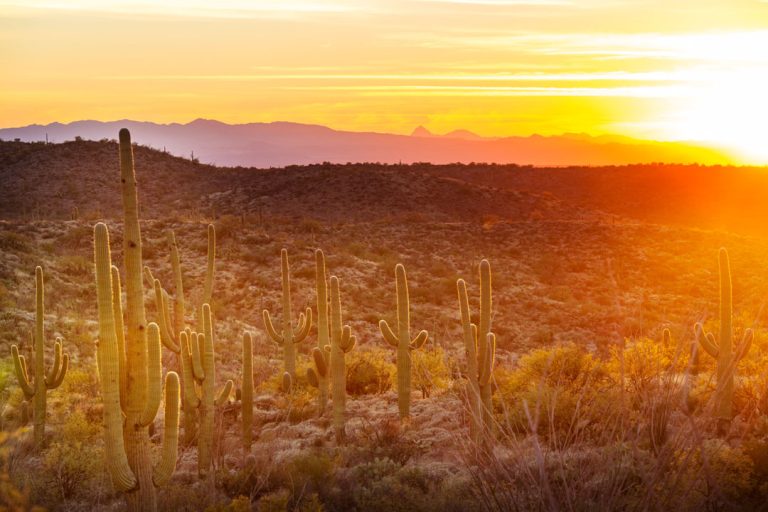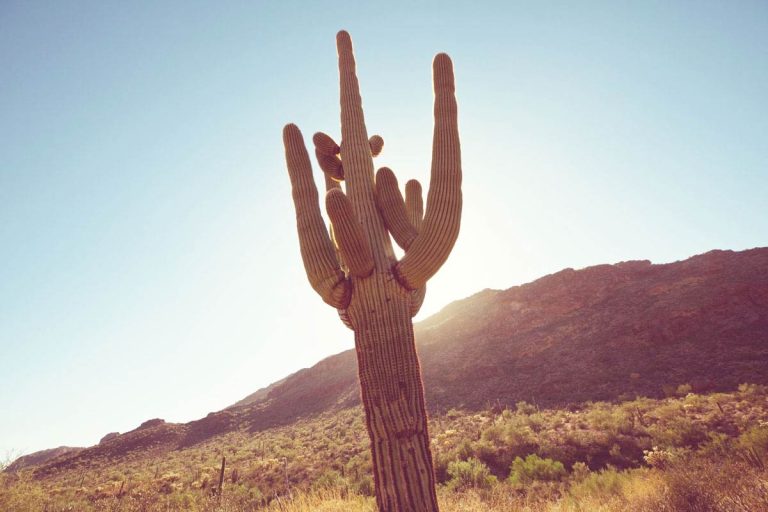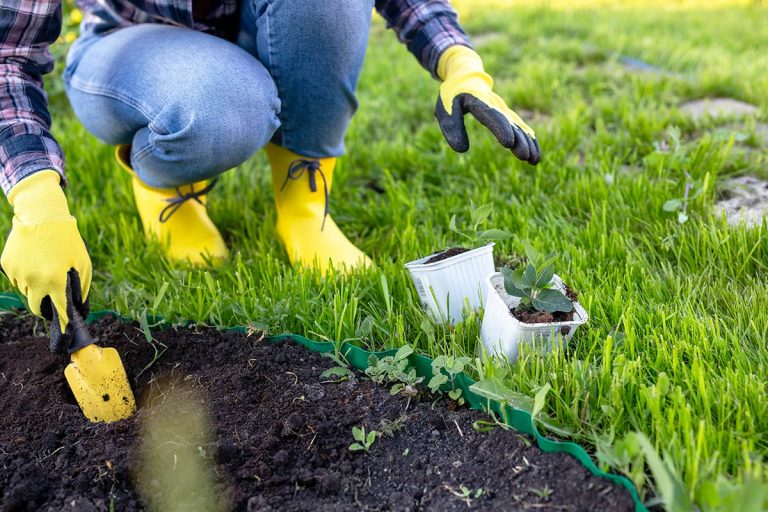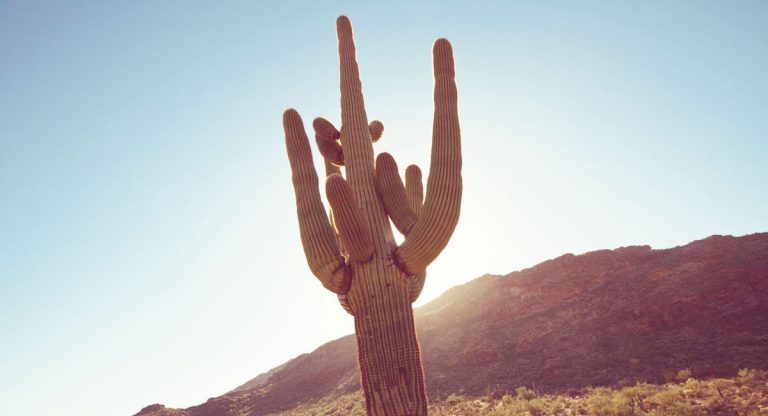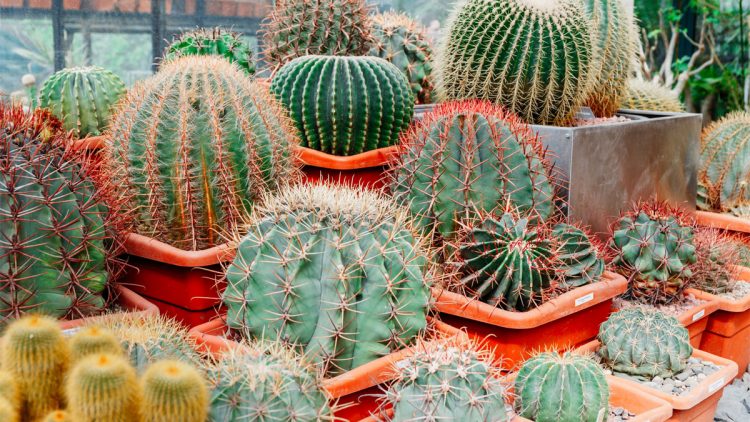Cactus Removal Costs in Paradise Valley 2022
The cost of cactus removal averages around $1,400 with the cost ranging from $300 – $2,500 in Paradise Valley in 2022. The estimated expense is going to largely depend on the size of the cactus, how accessible it is, and what is around it. To receive an actual estimate, Arbor Care is going to send out…


